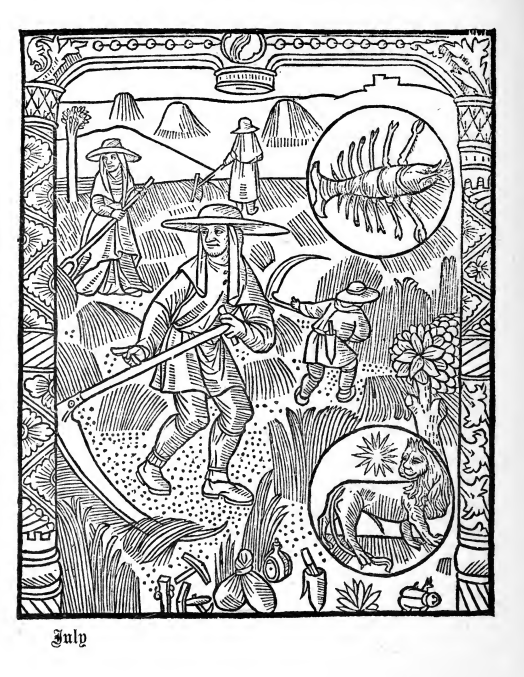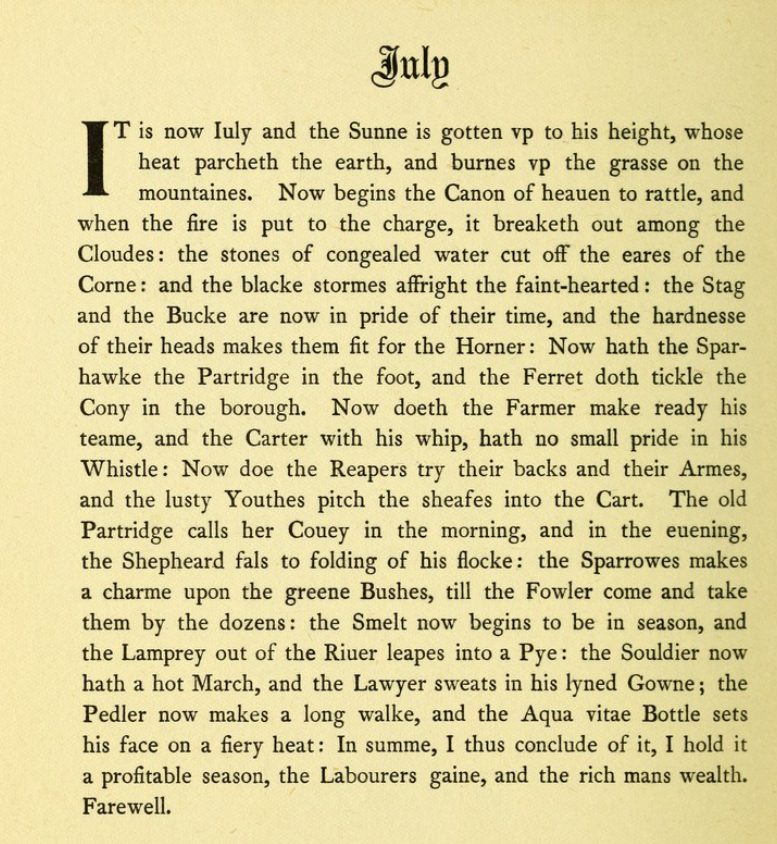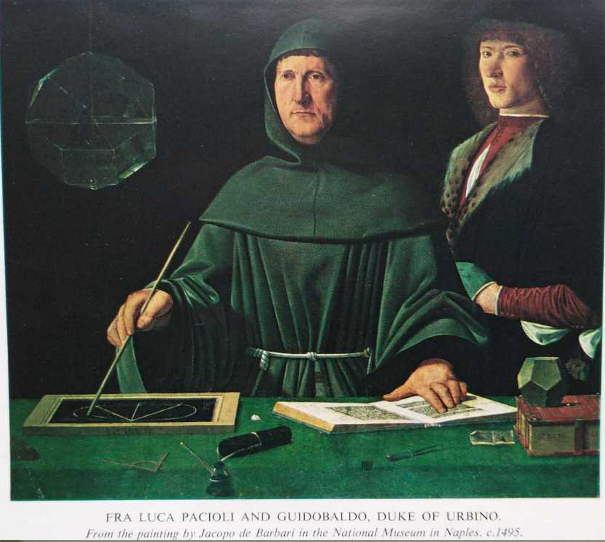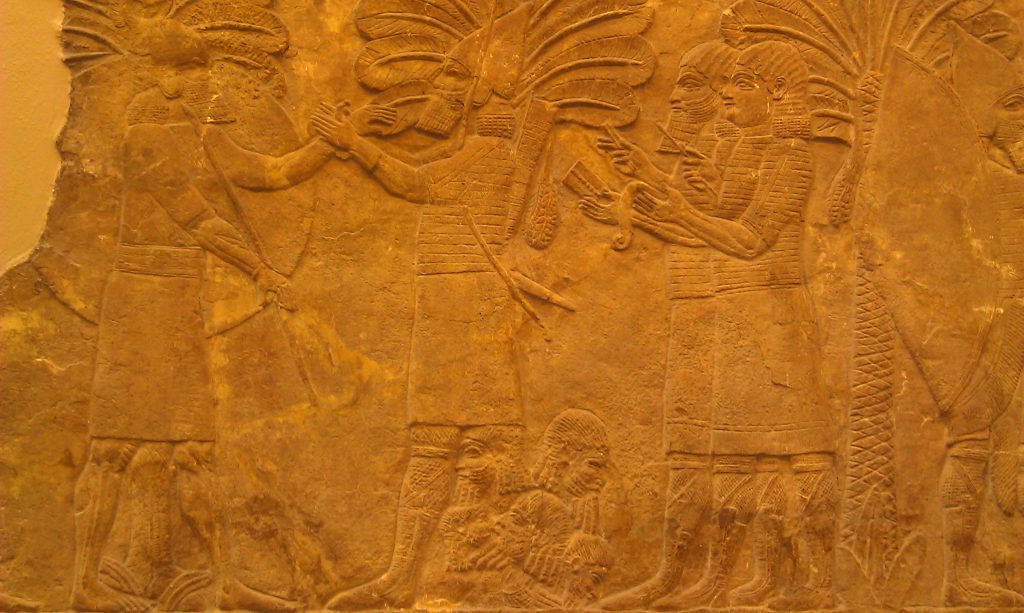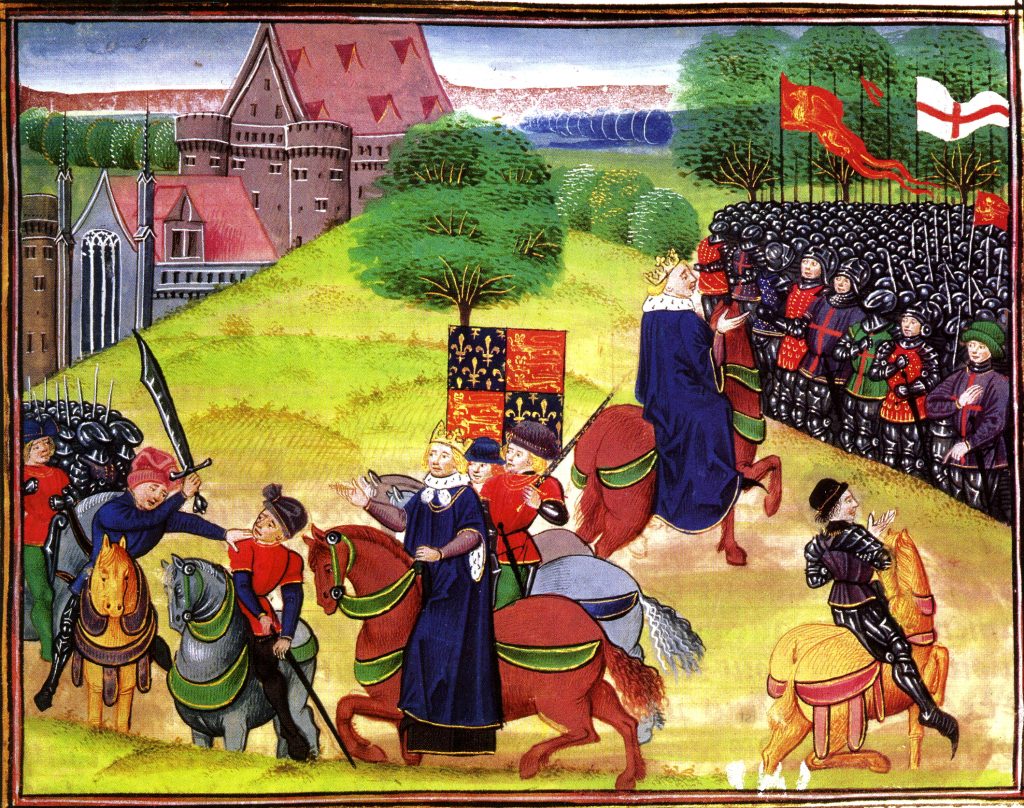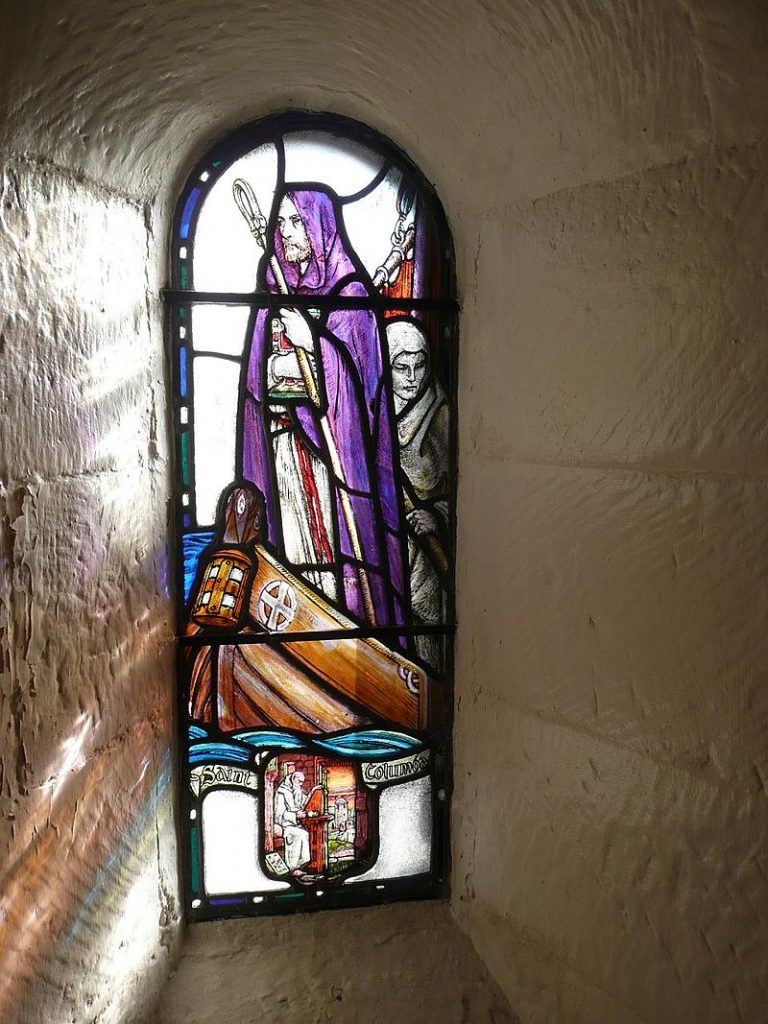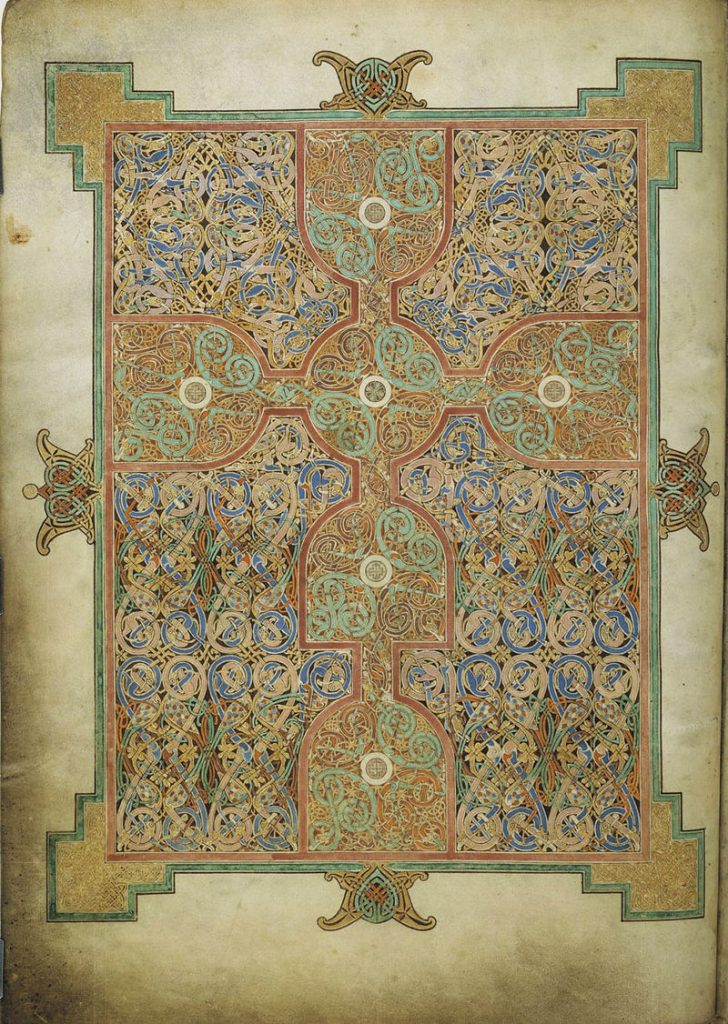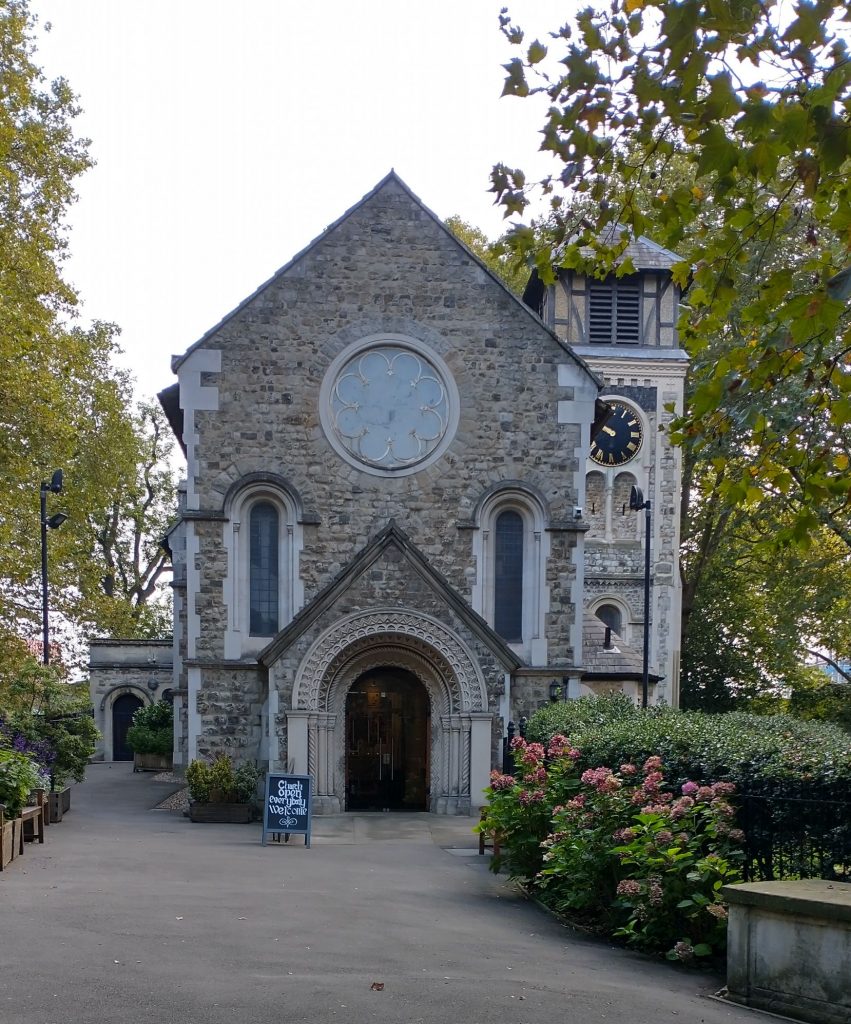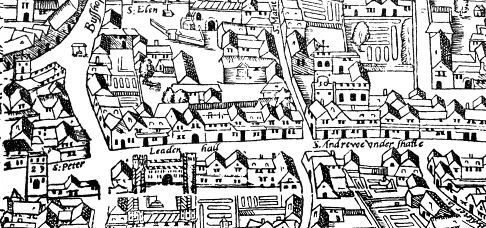
John Stow tells us that there were bonfires and street parties in London throughout June and July. These were held on the Vigils of Saints’ Feast Days. The Vigil is the evening before a festival. A custom that might owe a little to the Celtic choice of dusk as the beginning of the new day.

Stow was the author of the ‘Survey of London‘ first published in 1598. Unfortunately, he does not give a list of the vigils thus celebrated. He only mentions those of St John the Baptist and of St Paul and St Peter. For these he gives a very vivid description, which I included in my post on June 24th here.
The other festivals would be for prominent Saints, particularly those with London Churches or Chapels named after them. These might include: St Botolph, St Alban, St James, St Thomas, St Margaret, St Wilgerfortis, St. Mary Magdalen, St Bridget, St James, as well as Saints John, Peter, and Paul. I’m guessing that City wide street parties would be reserved for the most important Saints. But with local celebrations for the Saint on the local Church. I am assuming these celebrations were ended or much reduced after the Reformation.
This is what Stow says of the Vigil celebrations.
‘In the months of June and July, on the vigils of festival days, and on the same festival days in the evenings after the sun setting, there were usually made bonfires in the streets, every man bestowing wood or labour towards them; the wealthier sort also, before their doors near to the said bonfires, would set out tables on the vigils, furnished with sweet bread and good drink, and on the festival days with meats and drinks plentifully, whereunto they would invite their neighbours and passengers also to sit and be merry with them in great familiarity, praising God for his benefits bestowed on them. These were called bonfires as well of good amity amongst neighbours that being before at controversy, were there, by the labour of others, reconciled, and made of bitter enemies loving friends; and also for the virtue that a great fire hath to purge the infection of the air. ‘
John Stow is one of the most important sources for Tudor and Medieval London. He was a Londoner, buried in St Andrews Undershaft (see map above), who wrote up all he could glean about London. I use him all the time – for example, on my Wolf Hall Tudor London Walk. Stow’s Survey of London can be accessed online, in full, here: or via the wonderful online Agas Map, from which the map above came from.
First Published 2022 and republished 2025

